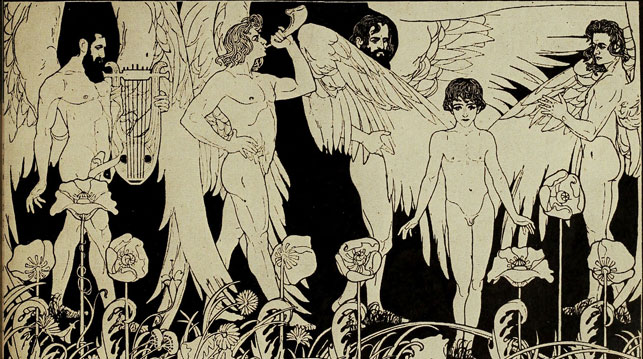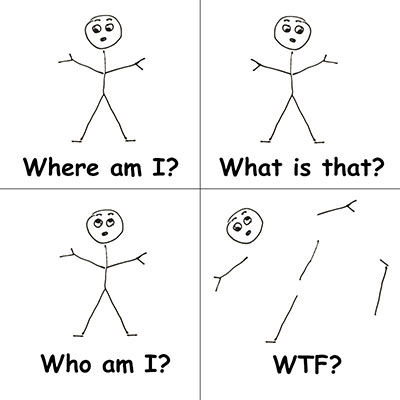
Life, whether real or fictional, is one damn thing after another. Even the simplest tale depends on circumstances in place since before “Once upon a time” and has repercussions that extend long after “The End.” Chains of causation stretch backward and forward, implying prequels and sequels to every narrative.
So, where to begin your story? And where to end it?
Let’s Begin with Endings
A story demands resolution. The promise of a solution to a mystery, or generally an answer to a question, is what keeps audience turning pages. There are few things more frustrating than an ending that comes too soon or too late.
Consider the final act of Star Wars (or Episode IV: A New Hope, if you insist). The plucky rebels mount a desperate defense against the Empire’s ultimate weapon: the Death Star, which can annihilate entire planets. In a pitched space battle, farmboy Luke Skywalker gets off the million-to-one shot that blows the Death Star to smithereens. A brief denouement shows our heroes receiving medals for their bravery. Evil is defeated and virtue rewarded.
Get a free sample proofread and edit for your English document.
Two professional proofreaders will proofread and edit your English document.
Corny? Perhaps. Emotionally satisfying? You bet!
Imagine, though, if the ending fell elsewhere, say, with the rebel ships flying into battle, the outcome uncertain. The audience would feel cheated. Narrative tensions remain unresolved; there’s no payoff for our emotional investment in these characters’ struggles.
Even ending with the explosion of the Death Star, the protagonists’ moment of triumph, would feel hollow without the award scene. The audience needs that moment—less than two minutes, with no dialogue—to savor the victory.
An ending that overstays its welcome is no better. Imagine if the filmmakers had tacked on a reception after the awards ceremony, with our heroes sipping space-cocktails and talking about galactic politics. However well-written, however it established the stakes for a sequel, such a scene would cheapen what came before.
False Starts
Problematic beginnings, on the other hand, almost always start too early. Good beginnings engage an audience’s interest with action and let the narrative momentum pull them forward, but too many writers spend pages, even entire chapters, on scene-setting. There’s a temptation, especially for new writers, to establish the status quo so that the reader will recognize when it is disrupted. But if your protagonist has life-altering encounter on the subway, don’t start the story with him waking up and eating breakfast: start with him on the train.
Luke Skywalker enters A New Hope when he first meets the droids who will change his life—no sooner than necessary. Beginning with a montage showing a typical day in a farmboy’s life would neither deepen our understanding of his character nor move the plot forward.
The Four Story Types
The points at which stories begin and end are, to an extent, arbitrary. The best place to start will depend on the story (or rather, the kind of story) you’re telling. Under a schema first developed by author Orson Scott Card and now used by writing teachers worldwide, almost all stories can be slotted into one of four categories:

Most stories will fall into two or more of these categories simultaneously; a character who solves a mystery, for instance, may redefine their place in the world in the process. Identifying the primary mode of your story can help you start and finish it with maximum impact.
Over the next few months, we’ll explore Card’s categories in more detail and identify strategies for writing beginnings that hook the reader in, and endings that satisfy without lingering. See you then!
Jack F.
Get a free sample proofread and edit for your English document.
Two professional proofreaders will proofread and edit your English document.
Get a free sample proofread and edit for your document.
Two professional proofreaders will proofread and edit your document.
We will get your free sample back in three to six hours!